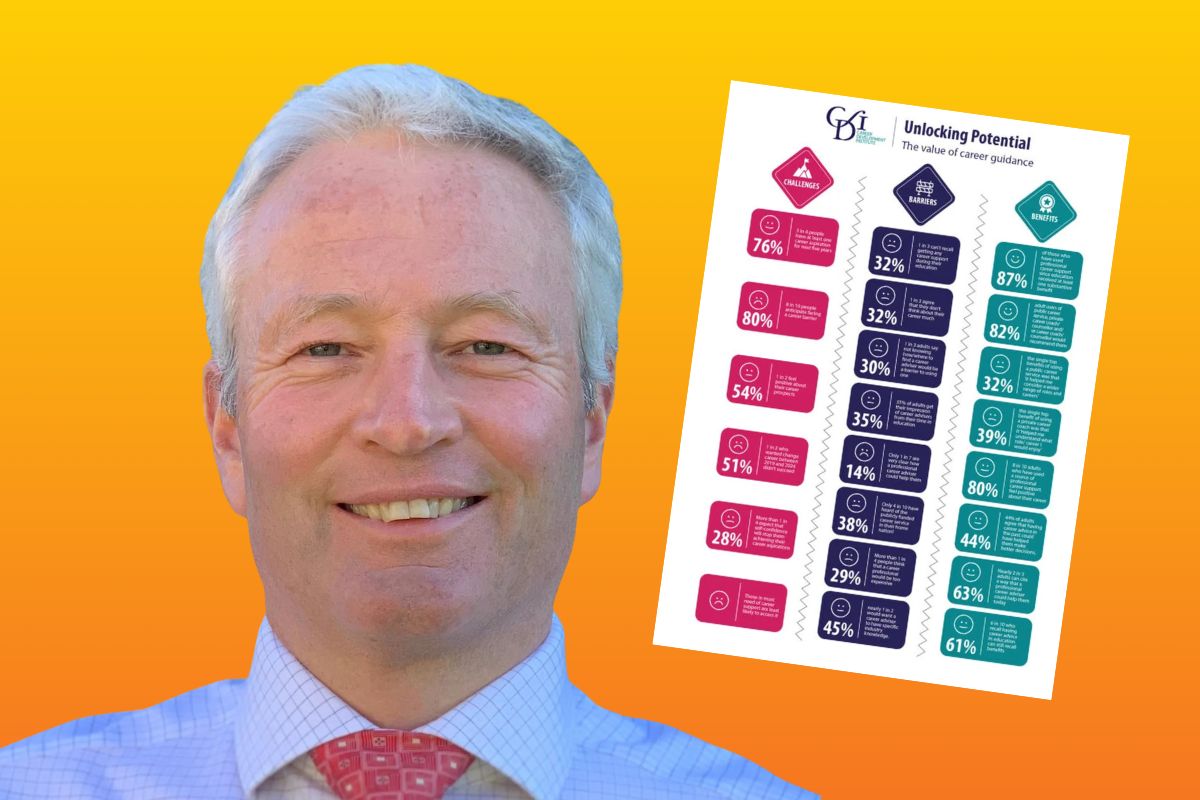The many contradictions of the SEND Green Paper

The SEND and Alternative Provision Green Paper was published at the end of March, promising to make the SEND system more inclusive and more financially sustainable. These are big ambitions and students with SEND deserve big ambitions.
There are proposals in the green paper that at least have potential. For example: standardised EHCP formats and a national banding system for high needs costs might help reduce some of the wasteful bureaucracy we see at present. Similarly, national transition standards might help many students when progressing to college. But despite these potential pluses, the green paper is riddled with contradictions and the proposals, as they stand, are not nearly enough to deliver the changes our students need.
A 0 to 25 system… or just about schools?
The 2014 Children and Families Act promised a 0 to 25 system for SEND. The new green paper does the same. Yet both its analysis of current problems and the changes it proposes are mainly about schools. A central claim of the paper is that many children and young people are educated in specialist settings “even when their needs could be met effectively in mainstream”. This does seem plausible when only 52% of pupils with EHCPs are in mainstream schools. But in colleges the picture is very different: 90% of students with EHCPs are in mainstream colleges.
The paper promises to deliver “excellent teaching and high standards of curriculum in every mainstream school” without mentioning teaching in colleges at all. It suggests measures including new qualifications; new teacher training content; and research on school staff’s use of assistive technology. The purpose of the SEND system is to ensure that children and young people with SEND are prepared for adulthood. We should not focus only on part of that journey. So instead of investing only in schools, we need to see the same level of support for colleges.
Consistent standards without consistent funding
The green paper sets out an intention to develop national standards for the support available in what it calls “mainstream settings”. This would entail defining what is offered to students who have SEND but do not receive high needs funding, like many students with dyslexia or ADHD. Colleges do astonishing work in supporting these students, but they do this despite a wildly inadequate funding mechanism. Shockingly the green paper considers in detail the difficulties around schools’ funding for pupils without EHCPs but is silent about post-16 ‘disadvantage funding’. This funding is less generous yet wider in purpose. There is an obvious contradiction in holding all providers to consistent standards without providing consistent funding to deliver those standards – that’s why we need to see disadvantage funding reformed.
Integrating Health and Care… but not yet
The green paper promises “greater joint working between education, health and care”. Despite the optimistic name ‘Education, Health and Care Plan’ it is too often the case that different aspects of students’ needs are not well coordinated. To be fair, the paper does recognise the problem but the health and care issues most crucial to college students are left for the future. On access to external specialist services (like therapies or support for visual impairment) the review promises only to commission further research on shortages. Meanwhile transition to adult social care is simply to be kept “under review”. But we already know where the problems lie so what is needed is real investment in regional availability of these services.
The SEND and AP Green Paper is a historic opportunity to correct the failures of 2014 and create a coherent 0-25 SEND system. What we have seen so far looks like a historic wasted opportunity.
The only really good news is that green paper launches a consultation lasting until 1 July. It is vital that colleges, college students and their families respond. There is still time to make changes that could create a genuinely integrated system that will help to prepare young people with SEND to meet their aspirations – the same aspirations that all young people have: to learn, to earn and to thrive.
By David Holloway, Senior Policy Manager – SEND, Association of Colleges











Responses